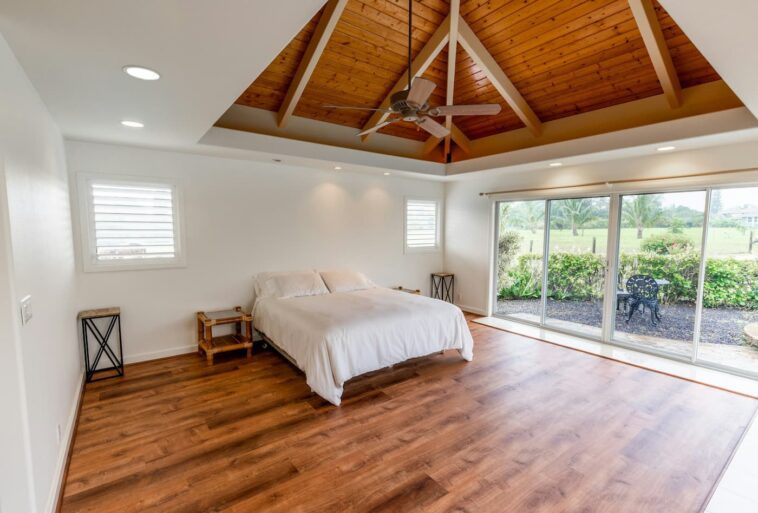Minimalism is a solid movement that advocates for subtle features and simplicity. While minimalist style in architecture and interior design has been around for decades, it has gained loyal adherents in the last few years.
While the design revolution revolves around simplicity, minimalism isn’t just about using what is necessary. It’s about creating beautiful and interesting designs. If you want to embrace a minimalist design, the following ideas can help you get started.
1. Focus on Subtle Color Palettes
The use of neutral, subtle, and pastel shades is among the most important principles of minimalist interior design. Since minimalism is anchored on simplicity, vibrant colors may feel out of place. However, if you want more shading in your design, you can add subtle textures and patterns. For instance, you can create simple lines on walls with neutral backgrounds or introduce chrome décor pieces in a creative arrangement. This creates a lively design in a minimalist home.
If you want to get the most minimalist look, white walls can be ideal. Typically, this creates a blank canvas to execute your ideas. You can vary the color scheme, but it’s best to stick to monochromes of brown, green, beige, and white in most areas. While you can introduce different patterns in your space, it’s vital to maintain clean lines that contrast the monochromatic color palette.
If your project requires more time for completion, you can use a reliable apartment location service to find a good home. Also, you can specify some vital features to ensure you’re getting the perfect match.
2. Incorporate Light for an Airy Minimalist Design
The amount of light getting into your room and how you manipulate it can enhance the design and atmosphere of a minimalist home. Windows with lovely views can become the focal point of your living room. In addition, floor-length curtains can highlight the focal point.
If natural light isn’t a viable option in your space, artificial lighting fixtures with stylish designs can add flair to your home. Typically, minimalist home decor advocates for functional lighting such as pendants, LEDs, and sconces with a matching monochrome theme.
You can place several lighting fixtures around the house since it’s vital to keep the space well-lit. And since the design uses open spaces, proper lighting can make your home feel spacious. Alternatively, you can introduce floor lamps, but they shouldn’t compromise the open spaces.
3. Highlight Architectural Details and Use Statement Décor Pieces
Some spaces in your home have beautiful and original architectural features that may be hiding behind clutter. You can open up the features and highlight them. For example, wooden beams can be sanded and refreshed to make the wood shine, exposed brick walls can be polished to create a statement, and wall ledges can provide unique spaces for artifacts.
Minimalist home designs can easily feel understated, so it’s prudent to take confident steps to spruce up the interiors. For instance, monochrome interior decor can transform a boring living room. However, avoid overdoing the decorative elements to maintain a perfect flow.
Endnote
A minimalist home design revolves around understanding your necessities and embracing simplicity. However, the design doesn’t have to be dull and tedious. You can incorporate various design elements to spice up the space while maintaining the minimalist theme.
Staircases Scotland are integral elements of interior design, offering both functionality and aesthetic appeal. Incorporating unique materials such as wood, glass, or metal can add character to the space. Additionally, creative lighting solutions can enhance the ambiance and highlight the architectural features of the staircase.




